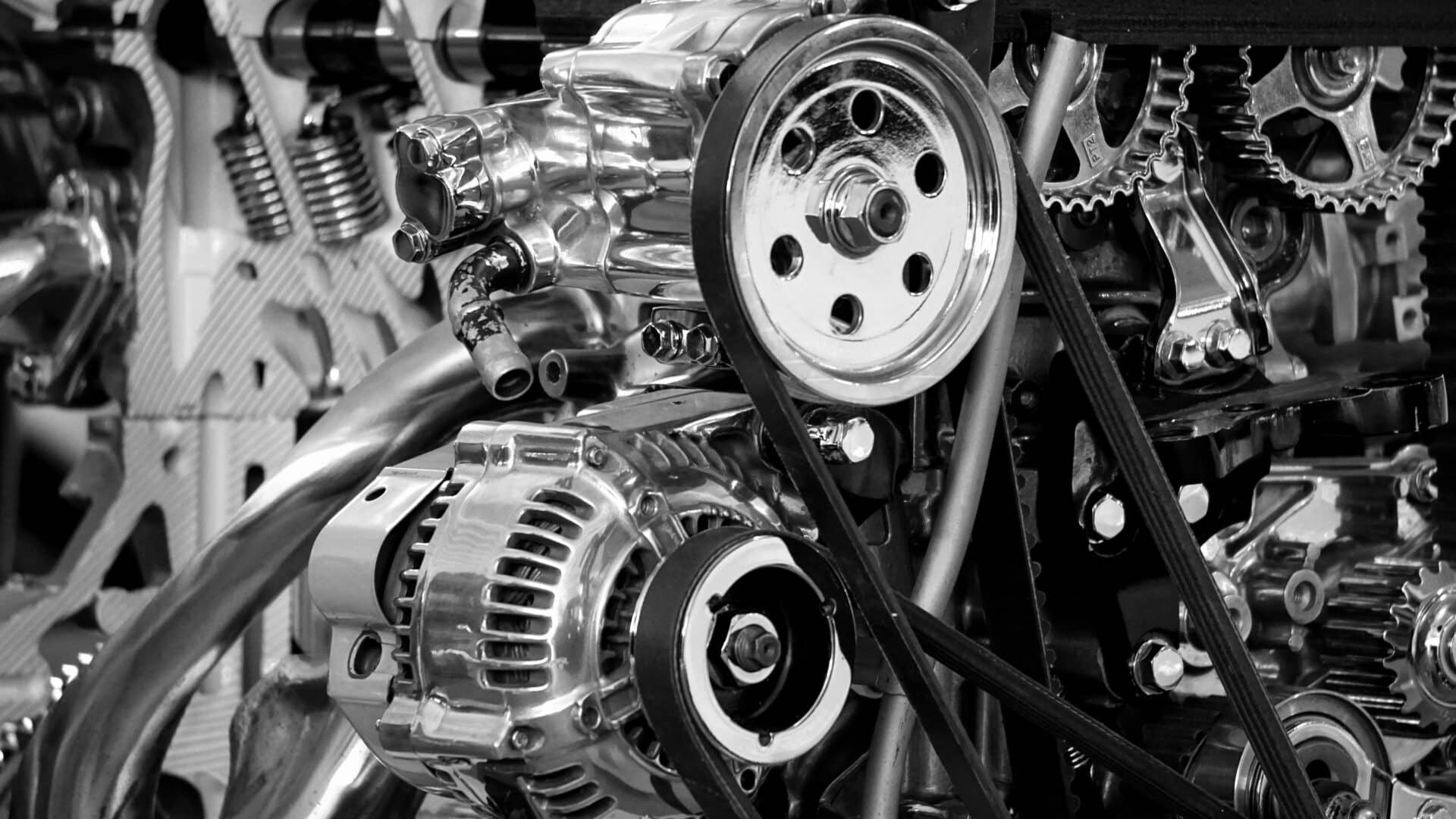Based on forecasts by Roland Berger consultancy and the European Association of Automotive Suppliers (CLEPA), there will be more electric cars than combustion engine cars on European roads, but only by 2038. However, the market for spare parts and garages must start preparing today for a significant acceleration in electrification, which will lead to a decrease in demand for traditional components. On the other hand, it must also be ready to service fleets of both combustion and electric cars for many years to come. Although the upcoming years will be a period of significant changes and challenges, the market also sees opportunities for itself.
Matthieu Simon, a partner at the Roland Berger strategic consulting firm in Paris, said, “From 2035, we expect a ban on the sale of cars with combustion engines. This means that only electric cars will be sold in Poland, France, or Germany. However, I think that two types of markets will coexist. Regardless of the country, in large cities like Warsaw, Paris, or Berlin, there will probably be low-emission zones, and residents will have to drive environmentally friendly vehicles. Restrictions will prevent heavily polluting vehicles from entering such zones. On the other hand, there will be areas outside the city where there will be a larger number of cars with combustion engines. Even if the last of them are sold in 2035, they will still be able to drive on the streets for another 20-25, or maybe 30 years.”
In mid-February, the European Parliament voted in favor of implementing regulations that, from 2035, would only allow car manufacturers to put zero-emission vehicles, mainly electric or hydrogen, on the EU market. This, however, only applies to new cars. After 2035, previously registered petrol and diesel cars could still be used and re-sold until the end of their lifetimes. The average lifespan of a car in the EU is about 15 years, which is why the European Commission wants to begin changes in 2035, so that by 2050 all cars would be carbon neutral. This will enable the EU to achieve climate neutrality.
According to data from ACEA, electric cars accounted for 12.9% of total new car sales in the European market in the first half of this year (up from 9.9% the previous year). This increase mainly impacted diesel cars, whose market share fell from 17.4% to 14.5% within a year. In Poland, during the first half of this year, Battery Electric Vehicles (BEV) accounted for only 3.6% of all newly registered passenger cars. However, their number is rapidly increasing. In the first ten months of this year, almost 19,000 new electric cars were registered in the Polish market, a 55% increase compared to the same period last year.
According to a report published by Roland Berger and CLEPA, this market transformation will lead to a decline in the European secondary market. Currently, many manufacturers of parts and components and mechanical workshops off them, mostly traditional vehicles, and BEV cars have about 30% less demand for these components, with experts estimating a 13–17% dip in the market by 2040. The product categories most affected by the declines are combustion engines and propulsion systems.
A challenge will also be that, for a long time, the secondary market will serve both electric and combustion engine vehicles, even after 2035. Roland Berger and CLEPA experts estimated in their scenarios that by 2030, sales of BEV vehicles would be between 53 and 82 percent. There will also still be a fleet of combustion engine vehicles that will be registered before 2035 and be used many years after.
The forecast for 2040 states that only half the fleet in use will be electric, and the other half will remain combustion engine powered. Therefore, the second-hand market still has time to prepare for the new situation, equip itself, train mechanics, etc. There are not only negatives, but also positives to the widespread use of electric cars. For example, we can produce, regenerate, and operate through recycling.
The opportunity to regenerate elements will be particularly important for players in the secondary market. As experts emphasized during the Congress of the Industrial and Automotive Market, organized by SDCM, regeneration limits the production of materials used to create new components. The use of raw materials in the regeneration process is 50 to 90% lower than when producing a new spare part from scratch. Research by the European Association of Automotive Manufacturers shows that factory regeneration of parts reduced carbon dioxide emissions by 800,000 tons in 2020, equivalent to the carbon footprint left by 120,000 average European Union inhabitants.
Experts evaluate that services such as preventive maintenance, battery system repairs, new diagnostic solutions for workshops – especially with demanding software and data management for electric vehicles with new electronics and communication platforms – will also gain importance. Workshops can position themselves as specialists for electric vehicles and offer their services to general workshops in their area. Distributors will be able to help manage worn-out components, becoming material suppliers.
Experts estimate the value of the European secondary market for BEV vehicle parts at around 6-7 billion euros.
“The entire second-hand market was quite popular last year, reaching almost 100 billion euros. The market benefited from inflation increases in 2022 and 2023. According to forecasts, it will grow by around 2% per year until 2030,” said Matthieu Simon.
